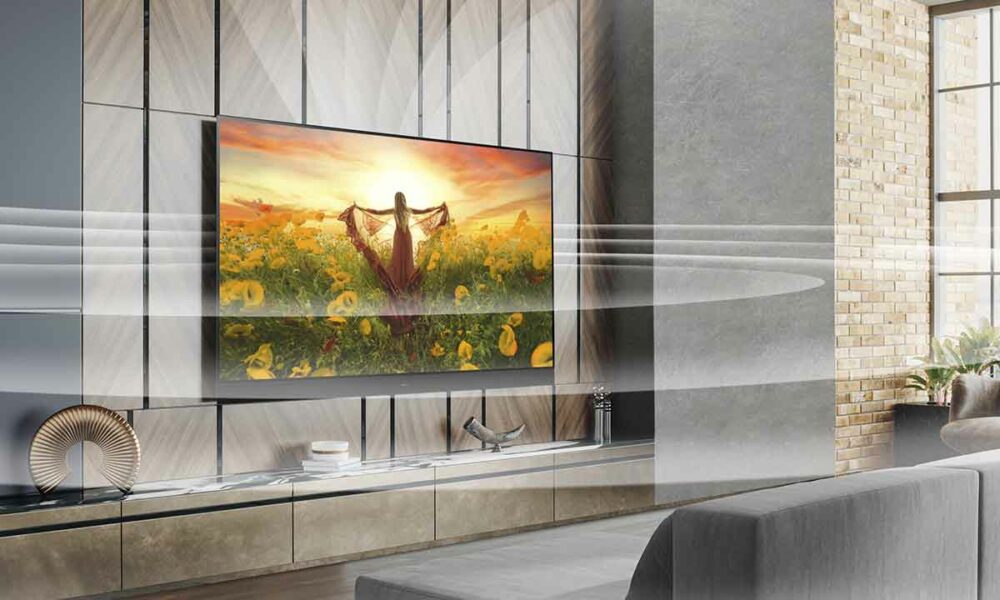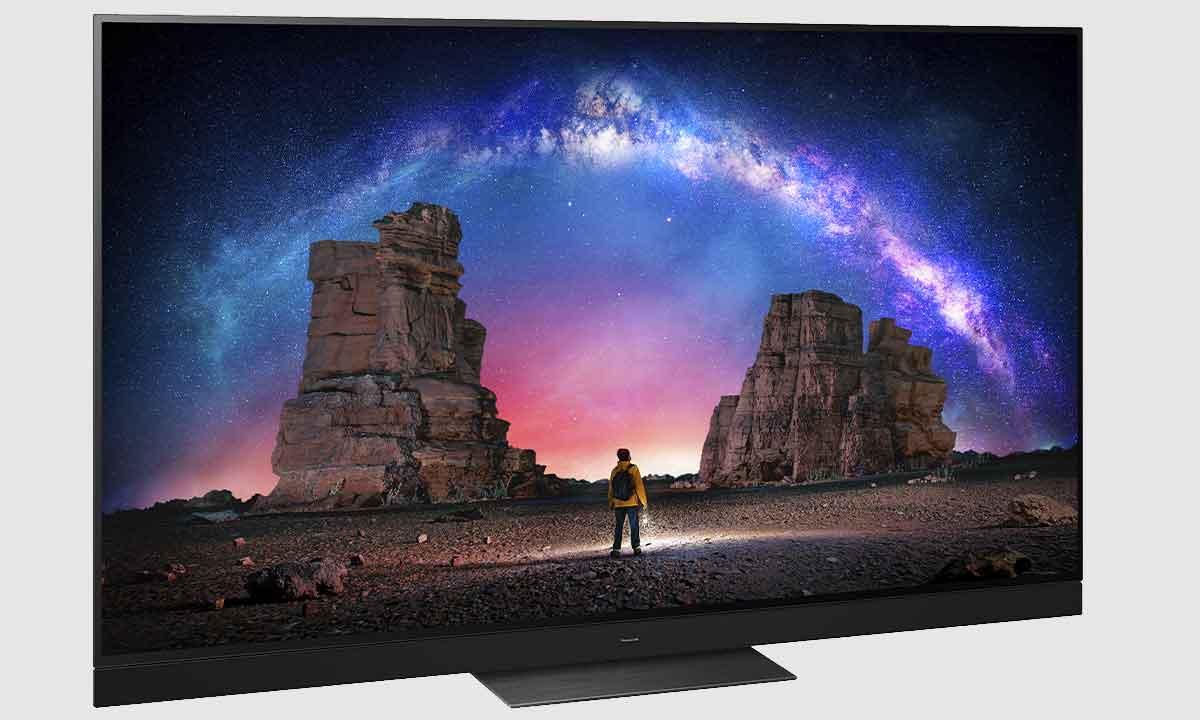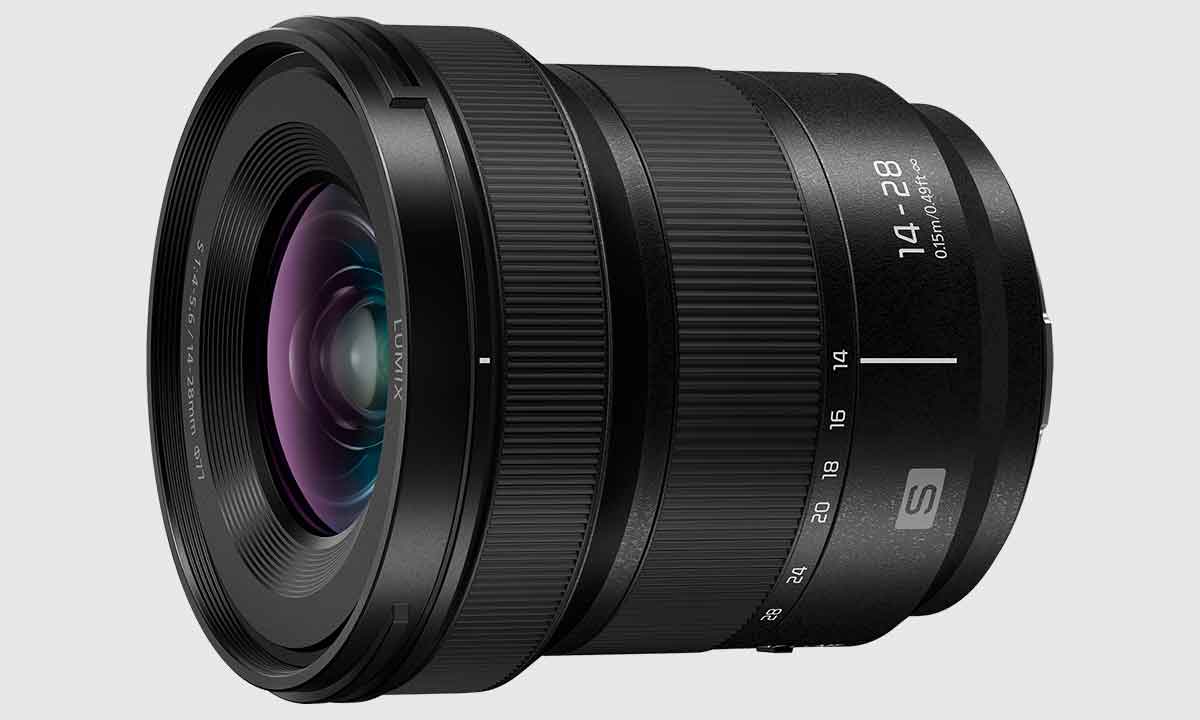
The novelties that we have seen at CES 2023 do not cease, we could almost say that it is the CES that does not CESa (sorry, I had to say it), now with Panasonic, the more than veteran Japanese firm that already has 104 years of experience, and that It continues to be very present in its reference markets, mainly televisions and photography. And it is precisely on both that the company’s announcements at this recent CES have focused.
More specifically, Panasonic has updated its proposal regarding the top of the range of televisions, it has presented two new cameras mirrorless of the renowned Lumix S series and, in addition, it has also increased the lens offer for its camera users, with the new and versatile Lumix S 14-28mm F4-5.6 MACRO. We see in detail, below, each of these announcements.
Panasonic OLED MZ2000
With three size options, 55, 65 and 77 inches, this MZ2000 with 4K resolution and up to 120 hertz refresh rate is supported by several new technologies, such as Panasonic’s custom module, Master OLED Ultimate, a next-generation panel with Micro Lens Array and multi-layer thermal management setup. This combination provides notable improvements compared to the previous generation, such as an increase in maximum brightness of approximately 150%, and an also optimized average brightness, to which we must add its compatibility with HDR formats, including Dolby Vision IQ, HDR10+ Adaptive and HLG Photo, the still image format that brings the benefits of HDR into this world.
Of course, we are talking about a screen designed both for watching movies and series, with various modes optimized for this type of content, and for playing games. In this regard, we must highlight its compatibility with AMD Freesync Premium and with NVIDIA G-SYNC, so when connecting any device that supports any of these technologies we can enjoy its advantages on the big screen.
Lumix S5II and S5IIX
The veteran and successful Panasonic Lumix family grows with two new models of the S series, the Lumix S5II and Lumix S5IIX, which enrich the company’s proposal in the high-end camera segment mirrorless with sensor full frameof 24 megapixels in both models, the first with the classic style of the brand and the second with an interesting matte black design.
These two models mark the debut of a new generation sensor, which comes hand in hand with an image processor that is also debuting with these models. As their main novelties, this sensor is compatible with hybrid phase detection autofocus, and the processor brings to these models a performance, in terms of video capture and processing, comparable to the top of the Lumix S1H range.
As for supported formats, these new Lumix have video recording capabilities that include internal 4:2:0 10-bit 6K (3:2) and 5.9K (16:9) at 30 fps and 4:2: 2 C4K and 4K up to 60 fps, as well as HFR (High Frame Rate) recording up to 120 fps and Slow ¬ Quick capture up to 180 fps. For its part, the Lumix S5IIX is capable of recording 5.8K Apple ProRes to SSD via HDMI or USB, and ALL-Intra Recording. In addition, this model supports RAW Apple Pro Res video output. It also supports wired 2 or wireless IP streaming and USB tethering.
Lumix S 14-28mm F4-5.6 MACRO
And we finish the review of Panasonic news with a new lens for the Lumix L-mount series, the S 14-28mm F4-5.6 MACRO, a very versatile zoom whose optical section is made up of 14 lenses divided into 10 groups. Includes 1 aspherical ED (Extra-low Dispersion) lens, 1 aspherical lens, 3 ED (Extra-low Dispersion) lenses, and 1 UHR (Ultra-High Refractive Index) lens. The use of aspherical lenses allows for sharp details and a bokeh effect, while the 3 ED lenses suppress chromatic aberration. Regarding its macro function, it offers a capacity of 0.25x (at 14 mm) to 0.5x (at 28 mm).
Due to its properties, we are talking about a lens that can be quite versatile in many contexts, but which has also been designed by Panasonic taking video capture into account. with features typical of the professional segment, such as micro-stepping aperture control for smooth exposure change and a mechanism to suppress “focus breathing”, one of the most common problems with interchangeable lenses.
More information






